Tag Archives: Atlantic States Marine Fisheries Commission
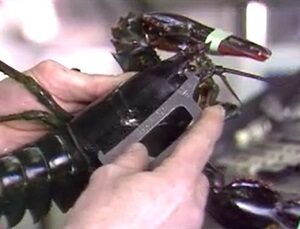
Legal sizes for lobsters trapped off New England could change to protect population
The regulatory Atlantic States Marine Fisheries Commission is considering changing the standards by a fraction of an inch in some of the fishing grounds. The commission said it’s considering the changes because of a worrisome lack of baby lobsters growing off New England. The commission is soliciting public comment on the proposal and plans to hold public hearings about it in March, Starks said. The changes would affect lobster fishers from Maine to the waters off southern New England, and the hearings will be held in those places, Starks said. Changes could be implemented by fall 2024 if they are approved,,, >click to read< 09:09

The check is (almost) in the mail
Active lobstermen are being advised to open mail from the Atlantic States Marine Fisheries Commission in the coming months, because the envelopes that arrive just might contain a check for up to $3,500. Marine Resources Commissioner Patrick Keliher told members of the Lobster Advisory Council at their January 18 meeting that the checks—meant to partially offset the expense of gear modifications required by 2021 North Atlantic right whale protections—will be issued by ASMFC and should arrive this spring. “These are checks that will be distributed to a lot of harvesters,” Keliher said. “The Commission will be writing the checks, so make sure you don’t see the envelope and throw it away.” >click to read< 14:21
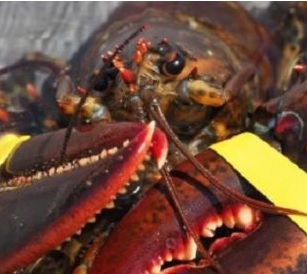
Maine lobstermen deal with another new rule, and it’s not about right whales
Until this year, only a fraction of Maine’s lobster fishers were required to report what they caught, including details on when, where and how many. The data went to the Atlantic States Marine Fisheries Commission, a coalition of 15 East Coast states that regulates fishing for more than two dozen species. But as Jan. 1, all Maine lobstermen now have to report data on their harvests to the state and to the commission. The fishermen, traditionally wary of new regulations on their industry, aren’t saying much. “All the paperwork is always a hassle, but we need to give up the data and hopefully it doesn’t get used against us,” said John Tripp, a lobsterman from Tenants Harbor. Several other members of the lobster industry declined a request for an interview about the mandate. >click to read< 09:15
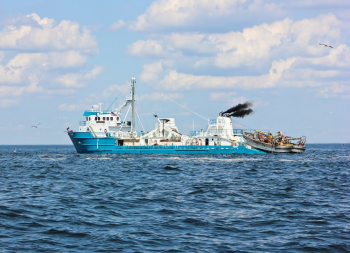
Menhaden Harvest Increase Approved as Anglers Petition to Close Bay Fishery
East Coast fishery managers have approved increasing commercial harvests of Atlantic menhaden from Maine to Florida. The Atlantic States Marine Fisheries Commission (ASMFC), which regulates near-shore harvests of migratory fish, voted Wednesday to set a new ceiling on the coastwide menhaden catch of 233,550 metric tons, a 20 percent increase over the current quota. The longstanding cap on harvest in the Chesapeake Bay remains unchanged, at 51,000 metric tons. But conservationists and sports anglers continue to worry about the impact to the Bay from large-scale fishing of menhaden near its mouth. >click to read< 13:54
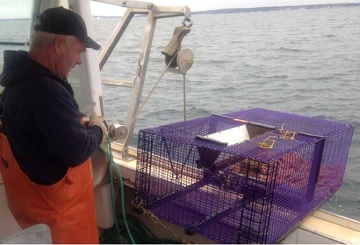
Northern shrimp fishery faces potential permanent closure
Regulators are considering a permanent closure of the northern shrimp fishery off the coast of Maine and New Hampshire. The Atlantic States Marine Fisheries Commission’s Northern Shrimp Section met in Portland last week to discuss several issues related to the northern shrimp. There has not been a northern shrimp fishing season in the Gulf of Maine since 2013. A moratorium was placed on the fishery because the shrimp population collapsed. >click to read< 07:37
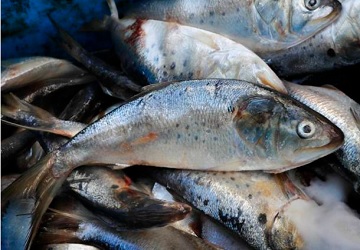
Atlantic menhaden not overharvested, fisheries commission concludes
An updated menhaden population assessment that takes into account the ecological role of the species as a popular food for other fish deems the coastwide stock to be in good shape. The latest assessment, presented to the Atlantic States Marine Fisheries Commission Aug. 3, incorporates data collected through last year. It concluded that “overfishing is not occurring, and the stock is not considered overfished.” But even with the new methodology, the latest assessment concluded the overall stock was healthy, a finding immediately touted by the Menhaden Fisheries Coalition, a group representing commercial harvesters. >click to read< 10:26
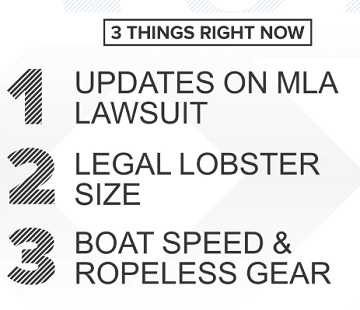
Annual fisheries meeting tackles lobster lawsuits, whale protections
Tuesday in Washington D.C., key players from Maine’s lobster fishery tackled what it considers its most pressing issues. The first issue was an update regarding Judge James Boasberg’s July ruling in the U.S. District Court case involving the Center for Biological Diversity versus Secretary Raimondo and the Maine Lobstermen’s Association. This case made the news in early July after Boasberg ruled regulators aren’t doing enough to protect the right whale. Just days after, he sided with environmental groups in another lawsuit to allow Area 1 to close again to fishermen this coming fall and winter. Another issue was a proposal to shrink the size limit for lobsters over the course of five years in order to replenish the declining population of young lobsters. Also, reduced boat speeds and the future of ropeless lobster traps. >click to read< 20:15
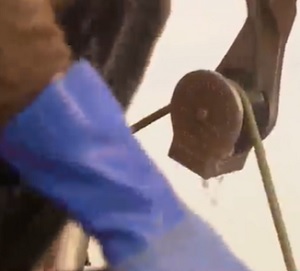
Maine lobster industry may receive nearly $14 million in federal aid
U.S. Reps. Jared Golden and Chellie Pingree, both Democrats from Maine, helped secure the funding and pledged to keep advocating for the fishery. In a statement, Golden called the regulations misguided, indefensible and economically damaging. “NOAA has been unable to prove that these regulations will work, but lobstermen are still being forced to pick up the tab,” he said. “It’s just wrong.” Virginia Olsen, director of the Maine Lobstering Union, said the money will help keep fishermen in business as they “work to right the wrongs” of the new regulations. Patrice McCarron, executive director of the Maine Lobstermen’s Association, agreed. >click to read< 19:58
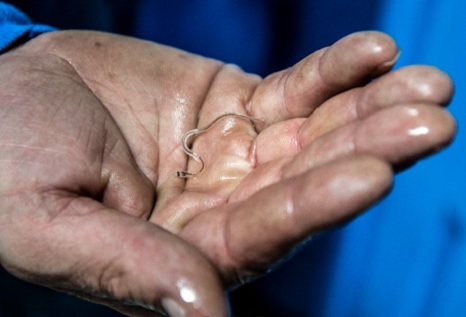
Lincoln County a Growing Force in Maine’s Elver Fishery
The elver fishery is the second most valuable fishery in Maine despite its brief season, lasting only 11 weeks from March 22 to June 7. Recent years have seen annual income generated by the fishery exceed $20 million. And from a per pound perspective, it easily tops lobsters as the most lucrative fishery in the state, and possibly in the country. The demand for elvers is driven by the overseas market where baby eels are grown to size in specially designed aquaculture facilities for use in Asian cuisine. Once mature, the eels are also processed and shipped back to the U.S. where they are a popular dish on sushi menus. While still in its infancy, U.S. based eel aquaculture is poised to be another factor in the fishery. photos, >click to read< 15:24

Maine lawmakers approve bill to limit number of pogie fishing licenses
Under a bill passed by the Maine Legislature on Wednesday, the state’s pogie fishery will be closed to all fishermen in 2023 except current license holders who meet certain criteria. To be eligible, fishermen must have held a license to fish for pogies in at least two of three years from 2019-21 and have landed 25,000 pounds in at least one of those years. Those who have the required license history but have not yet met the landings requirement have until the end of 2022 to harvest 25,000 pounds. >click to read< 15:43
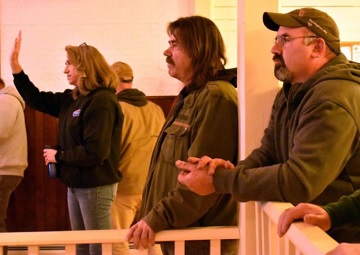
DMR brings news of declining young lobsters, resiliency measures to local lobstermen
“We’re not talking about whales.” Those were among the first words from Kathleen Reardon, lead biologist for the Maine DMR, to lobstermen at Stonington Town Hall on March 31. Both ongoing lawsuits and legislation aimed at protecting right whales from entanglement with lobster trap lines have delayed lobster stock assessments and analysis. But now lobster councils are meeting across the state to hear about a draft addendum to the Atlantic States Marine Fisheries Commission lobster management plan for the Gulf of Maine and Georges Bank, where 90 percent of U.S. landings are. The ASMFC manages near-shore fisheries for 15 states, including Maine. The draft addendum would affect Lobster Management Areas 1 and 3 and off Cape Cod as well as Maine, New Hampshire and Massachusetts. >click to read< 16:37

Maine: Lobstermen could soon face another new gear regulation
Patrick Keliher, Commissioner of the state’s Department of Marine Resources, says recent research shows that the number of juvenile lobster floating in the water column or settling to the bottom is declining for a third year in a row. Now Keliher says that lobstermen should also consider another new rule to create a “trigger” mechanism for reducing the catch of juvenile lobster when their abundance falls below a certain level. Patrice McCarron, executive director of the Maine Lobstermen’s Association, on Tuesday told members of the Atlantic States Marine Fisheries Commission that fishermen will be “in shock” when they learn about the potential new rule. >click to read< 07:01
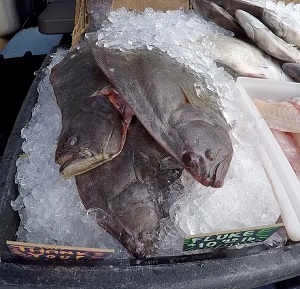
Recreational fishermen get bigger cut of fluke
Changes have been made to the fluke quotas that will mean slightly more fish for recreational anglers. One of the last joint actions of the Mid-Atlantic Fisheries Marine Council and the Atlantic States Marine Fisheries Commission was to shift 5% of the quota to the recreational side. The move won’t go into effect until 2023. When it does the new harvest allotment will be divided up 55% commercial to 45% recreational. Previously, the commercial sector was given 60% of the coastwide harvest of fluke, an allocation that was set in the mid-1990s. >click to read< 19:13
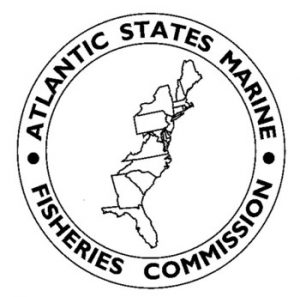
Lobstermen fear offshore tracking data would be used against them
An arm of the Atlantic States Marine Fisheries Commission is considering implementing the tracking requirements on federally-permitted lobster and Jonah crab fishermen in order to collect data on where and how they fish. “As these uses are developing in their discussions about how to divvy up that ocean space, it will be really critical to understand where the important fishing grounds are for the U.S. lobster fishery so those can be maintained,” said Caitlin Starks, a fishery management plan coordinator at the commission. >click to read< 08:22 What bullshit this is.
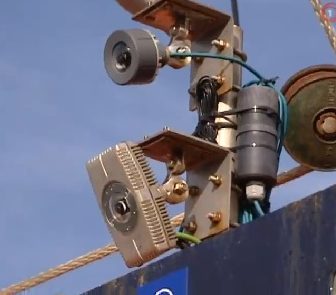
Electronic Monitoring: Hearings set for new electronic lobster boat tracking rules
An arm of the Atlantic States Marine Fisheries Commission is considering implementing the tracking requirements for lobster and Jonah crab boats that have federal permits. A Jan. 19 hearing will be held via webinar and in person at the Urban Forestry Center in Portsmouth, New Hampshire. The other hearings will be held virtually. Others are slated for mid-Atlantic states, Maine and Massachusetts and Rhode Island. >click to read< 16:15

New Regulations for Whelk and Horseshoe Crabs a Challenge for Commercial Fisheries
New state regulations intended to rebuild the whelk and horseshoe crab populations in the Long Island Sound could substantially limit the catches of local fisherman. Davis said that the department had done surveys trawling different areas of the Long Island Sound each year. Asked about the proposed regulations, Bob Guzzo, a commercial fisherman out of Stonington who catches whelk, said he thought the regulations were unnecessary, and that the department shouldn’t be involved in making them. He said that the whelks come and go in cycles. Guzzo said he believed the trawl surveys were inaccurate. >click to read< 14:16
CT DEEP Proposing New Rules For Lobster, Striped Bass, Others – The proposed regulatory changes are intended to address the “depleted state of these ecologically and economically important species in Long Island Sound,” according to DEEP officials. >click to read< 17:02

Surge in baitfish catch is a boon to Maine’s lobstermen
Maine’s lobster fishermen typically bait their traps with dead herring, but a scientific assessment in 2020 found that herring are overfished, and quotas for the fish were reduced dramatically. The loss of herring has increased the price of bait and made it harder for many fishermen to trap lobsters. However, losing herring has been offset somewhat by swelling catches of menhaden. Maine’s catch of menhaden, also called pogies or bunker, grew from about 6 million pounds in 2016 to more than 24 million pounds last year. >click to read< 11:28
Electronic Monitoring: Who Gets to Use Our Oceans?
Much of the current effort to create coordinated planning for use of our oceans started in 2010, when President Obama issued an executive order that called for the development of “coastal and marine spatial plans.” The idea is to figure out where to put things like aquaculture and wind farms without harming other things such as fisheries. In early August, the ASMFC announced that it’s considering a plan to require electronic tracking devices on federally permitted vessels that operate in American lobster and Jonah crab fisheries. Most of the lobster fishermen to be impacted are in Maine, and while they’ve expected the tracking plan to go into motion for some time now, Porter says, “there will be some seriously pissed-off lobstermen when this actually hits the ground.” >click to read< 09:21

Electronic Monitoring of the Lobster fishery, Tracking of the Red Shrimp fishery to be imposed
America’s lobster fishing businesses could be subjected to electronic tracking requirements to try to protect vulnerable right whales and get a better idea of the population of the valuable crustaceans. The fishery has collapsed in southern New England, however. Fishermen from New York, Connecticut and Rhode Island were once a significant part of the fishery,,, >click to read<…The American red-spotted shrimp fishery may be subject to electronic tracking requirements to protect vulnerable right whales and better understand precious crustacean populations. However, fishing has collapsed in southern New England. Fishermen in New York, Connecticut, and Rhode Island used to be an important part of the fishing industry, Starks said, but the stock of red-spotted shrimp in southern New England is now depleted. Scientists have linked the collapse of fishing in southern New England to warming seawater. >click to read< 10:50
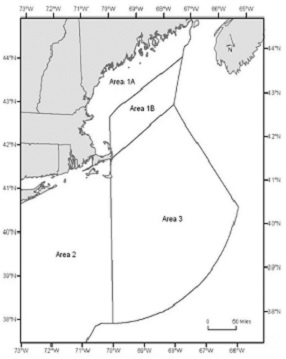
Commercial Atlantic Sea Herring Fishery in Management Area 1A to Close
The Atlantic States Marine Fisheries Commission has projected that the Management Area 1A Atlantic herring fishery will have harvested 92% of its Season I (June 1 – September 30) quota allocation by August 3, 2021. Accordingly, effective at 0001 hours on Tuesday, August 3, 2021, the directed Atlantic sea herring fishery in Management Area 1A will close through September 30, 2021. Unless explicitly authorized, the possession, retention, landing, and sale of Atlantic sea herring taken from Area 1A is prohibited during this closed period. >click to read< 1645
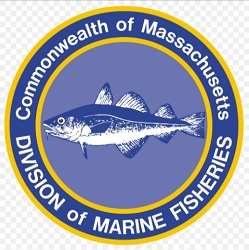
Time to apply for second round of CARES Act relief
The Massachusetts Division of Marine Fisheries mailed applications to seafood processers, wholesalers, commercial fishermen and aquaculture farmers on Tuesday, officially opening the state’s second round of CARES Act relief for fisheries. The funds are intended to mitigate the financial impacts on marine fisheries participants that suffered more than a 35% loss of revenue due to the pandemic. >click to read< 10:11
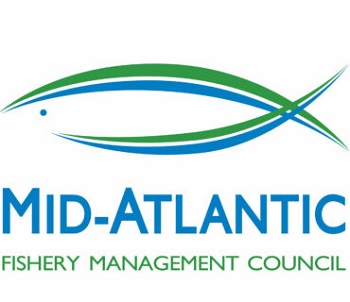
Mass, R.I. Public Hearing: Summer Flounder, Scup, Black Sea Bass Commercial/Recreational Allocation Amendment
Might want to get this out there- it’s going to be important the industry get involved. Tell the Council status quo! Comments may be submitted at any of five virtual public hearings to be held between February 17 and March 2, 2021 or via written comment until March 16, 2021. Wednesday, February 17, 6:00 – 8:00 p.m.: Massachusetts and Rhode Island, Thursday, February 18, New Jersey, Wednesday, February 24, Delaware and Maryland, Monday, March 1, 6:00 – 8:00 p.m.: Virginia and North Carolina, Tuesday, March 2, 6:00 – 8:00 p.m.: Connecticut and New York >click to read< 16:10
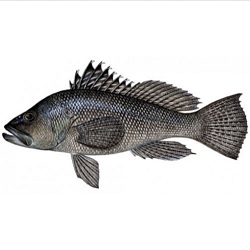
Mid-Atlantic Council Flirts With Overfishing
The relationship between the Mid-Atlantic Fishery Management Council (Council) and overfishing goes back a long way. In 1999, the Council adopted a summer flounder quota that had just an 18 percent probability of preventing overfishing, an action that led to the landmark court decision in Natural Resources Defense Council v. Daley, which established the principal that, to pass legal muster, a fishery management measure must have at least a 50 percent probability of achieving its conservation goals. Immediately after the court handed down that decision, the Council divorced itself from any management measure that might condone overfishing, and spent nearly two decades successfully rebuilding and conserving once-overfished stocks. At one point in the early 2010s, it was the only one of the eight regional fishery management councils that had completely ended overfishing, and didn’t preside over any overfished stocks. >click to read< 14:36

A Final 2020 DMR Update from Commissioner Pat Keliher
As 2020 slowly draws to a close, I’d like to share with you one last monthly update on the work of Maine DMR before we close the books on a year of challenges. Pat. New England Fishery Management Council actions,,, DMR has been auditing the data collected through the CARES Act application process,, Additional coronavirus relief has been approved by Congress however it is much too early,,, much more, >click to read< 12:20
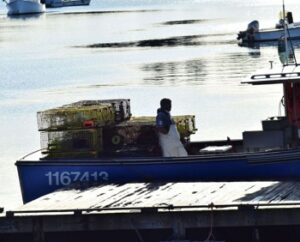
Lobster stock levels remain high in Gulf of Maine, but there is cause for concern
The “now” looks solid for local commercial lobster fishery, based on findings reported in the 2020 Atlantic States Marine Fisheries Commission Lobster Benchmark Stock Assessment, which reported the stock at “record high abundance levels.” The good news continued,, The news for southern New England, including southern Maine, remained poor, with a depleted fishery and no signs of resurgence. The research was conducted by several organizations, including the Department of Marine Resources, Gulf of Maine Research Institute and the University of Maine’s Sea Grant program and Lobster Institute. The assessment, released in October, was based on surveys conducted from 2016 through 2018. However, once the research turns to lobster settlements the future does not look as bright. >click to read< 18:29
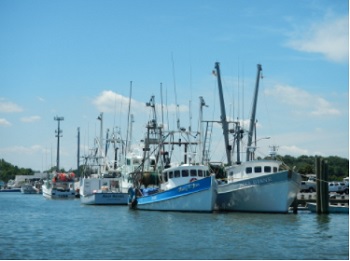
CARES Act Funding Available for Maryland Fishing Industry
The Maryland Department of Natural Resources announces applications will be available Nov. 4 for economic relief funds for the commercial seafood industry through the federal Coronavirus Aid, Relief, and Economic Security Act (CARES), for those who have been affected by the COVID-19 pandemic. The application will be available to eligible members of the seafood industry on the Maryland OneStop website. The deadline to apply is Feb. 28, 2021. >click to read< 16:20
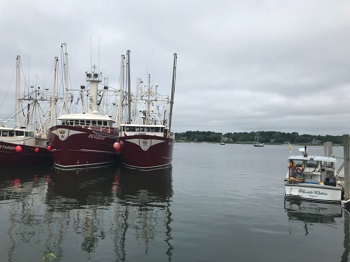
The CARES Act: Lengthy Process, Little to Show for Connecticut Fisheries
Nearly seven months after the Coronavirus Aid, Relief and Economic Security (CARES) Act was signed into law, eligible fisheries and related businesses can apply for $1.8 million in economic aid through the CARES Assistance to Fishery Participants (CAAFP) program. Connecticut is part of the Atlantic States Marine Fisheries Commission (ASMFC), which also includes Maine, New Hampshire, Massachusetts, Rhode Island, New York, New Jersey, Pennsylvania, Delaware, Maryland, Virginia, North Carolina, South Carolina, Georgia, and Florida. From the $300 million, 31 entities received funding. Connecticut’s allocation was $1.8 million, the 9th lowest on the list. Rhode Island received $3.3 million,,, >click to read< 09:58

Maine: 1 in 3 Lobstermen got small Paycheck Protection Program loans
About $14.9 million in forgivable Paycheck Protection Program, or PPP, loans of less than $150,000 have been handed out to 1,358 Maine lobstermen, according to an analysis of newly released U.S. Small Business Administration data. That puts lobstermen ahead of full-service restaurants, real estate offices, beauty salons and home builders, which rounded out the top five Maine industries receiving small PPP loans. Maine’s $1.4 billion-a-year lobster industry – including those who buy, sell and process lobster as well as catch it – have received 1,495 forgivable PPP loans worth at least $24.2 million, so far. Fishermen got the lion’s share of the industry’s total PPP money, but only because they outnumber dealers, retailers and processors. Some dealers got loans of up to $1 million. >click to read< 07:15
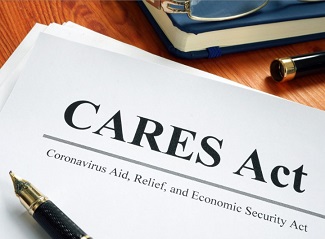
Commercial Fisheries and Fishermen Can Apply for CARES Relief But Not Yet
On May 7, the Secretary of Commerce announced the allocation of $300 million in fisheries assistance funding provided to states, tribes, and territories with coastal and marine fishery participants who have been negatively affected by COVID-19. As a next step, the National Oceanographic and Atmospheric Administration will use these allocations to make awards to its partners – the interstate marine fisheries commissions, Puerto Rico, and the U.S. Virgin Islands – to disburse funds to address direct or indirect fishery-related losses as well as subsistence, cultural or ceremonial impacts related to COVID-19. But relief may take some time. No funds have yet been made available to the Atlantic States Marine Fisheries Commission or states. The N.J. Department of Environmental Protection staff is working diligently to develop a spending plan and application process that must be approved by NOAA. >click to read< 11:07


































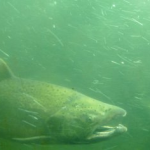
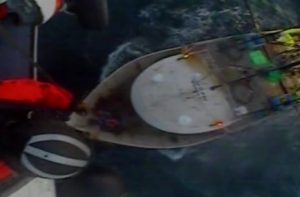
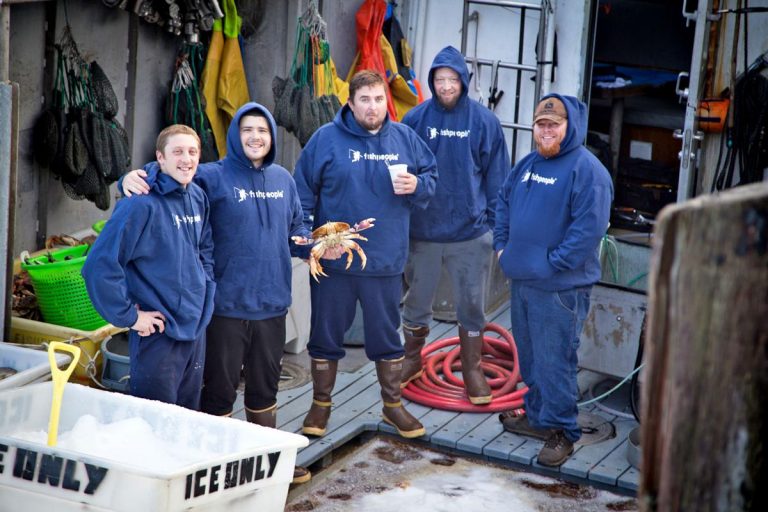
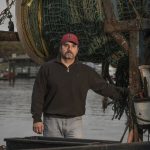
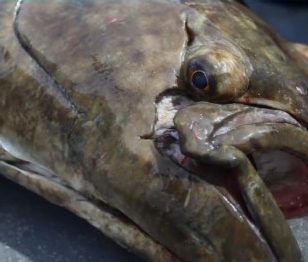

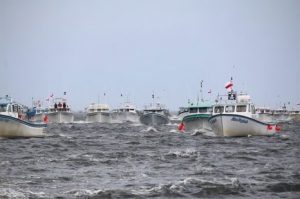


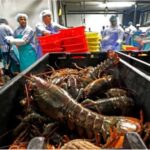




Public Hearings for Summer Flounder, Scup, and Black Sea Bass Commercial/Recreational Allocation Amendment
The Mid-Atlantic Fishery Management Council (Council) and the Atlantic States Marine Fisheries Commission (Commission) are seeking public comment on the Summer Flounder, Scup, and Black Sea Bass Commercial/Recreational Allocation Amendment. Comments may be submitted at any of five virtual public hearings to be held between February 17 and March 2, 2021 or via written comment until March 16, 2021. >click to read, click for links< 12:41
Share this post